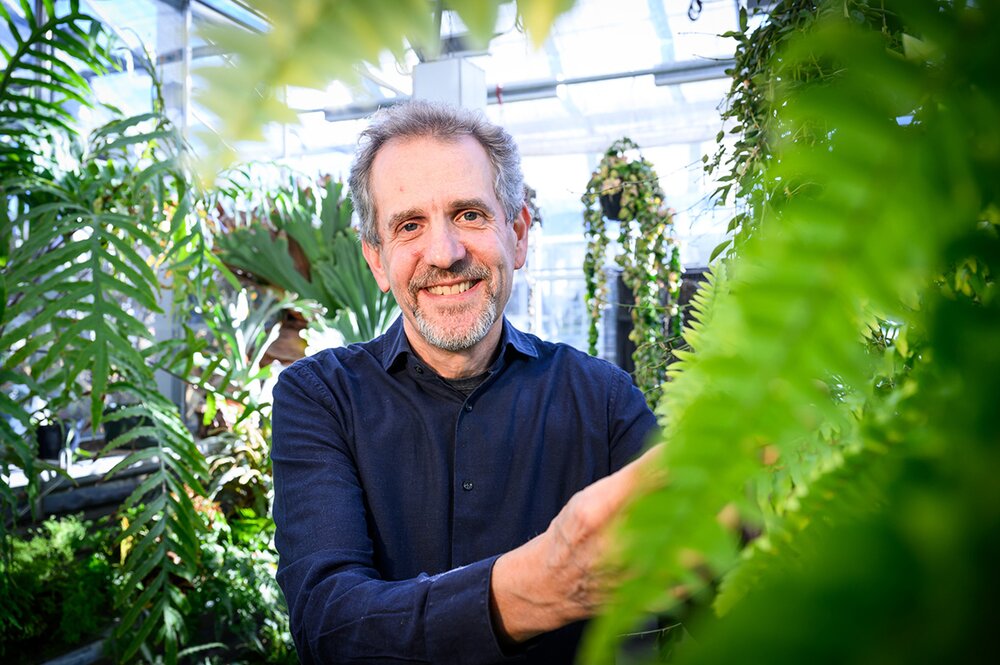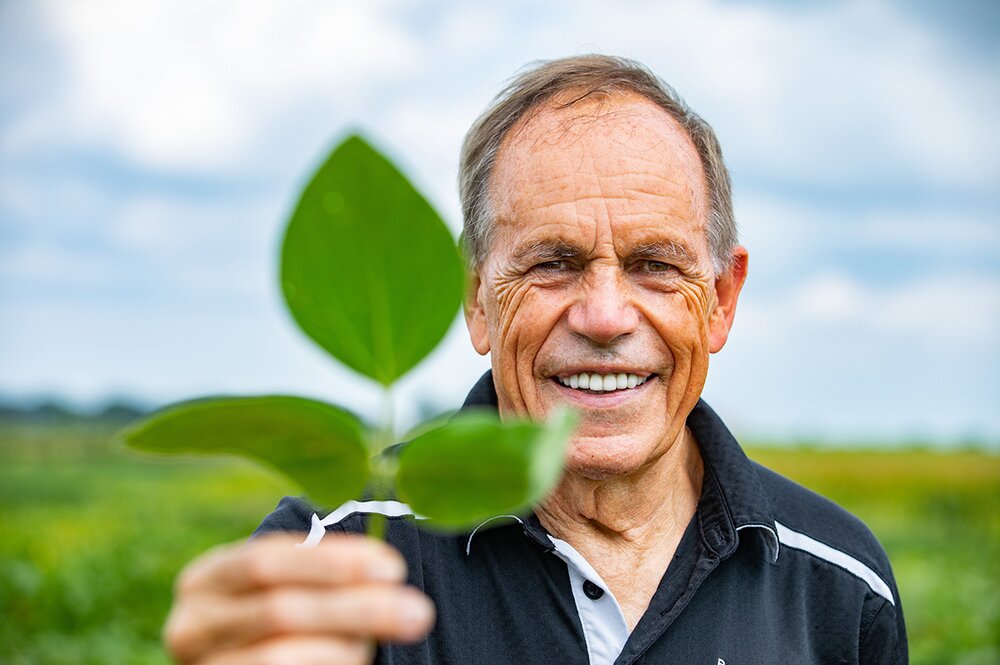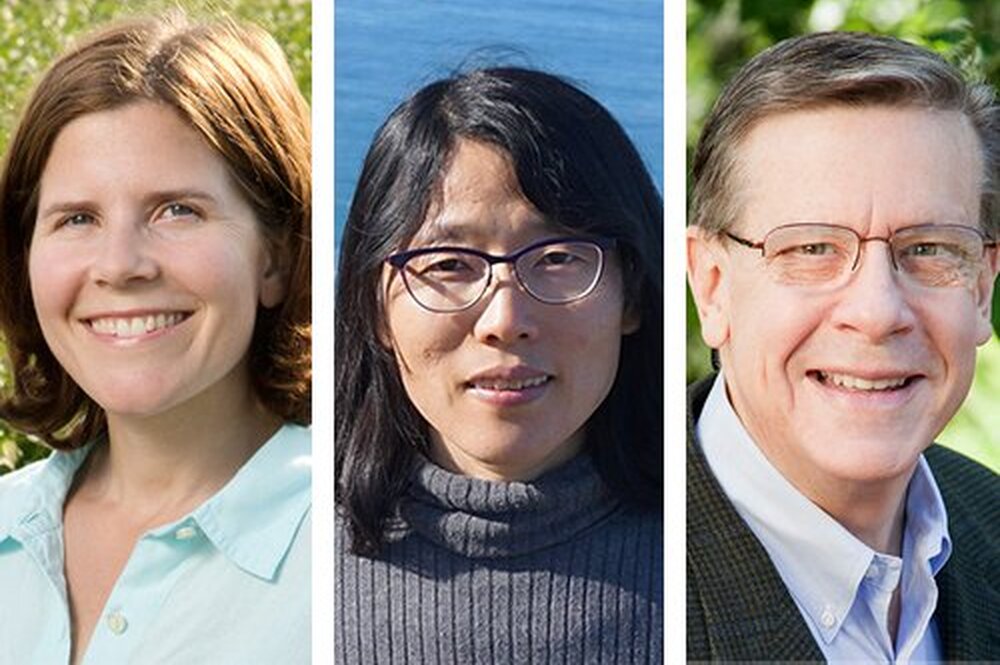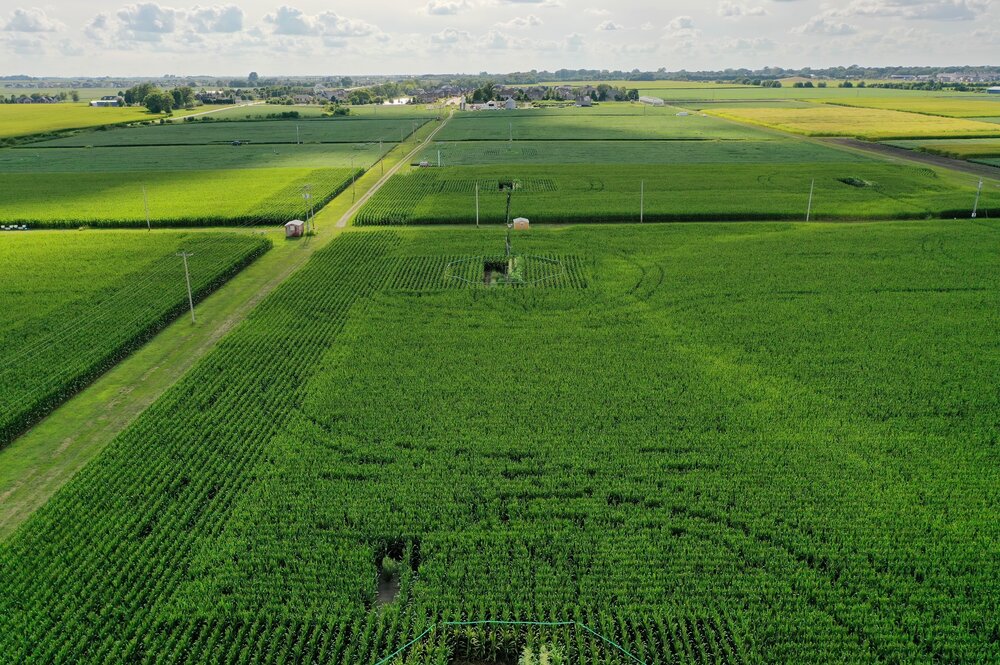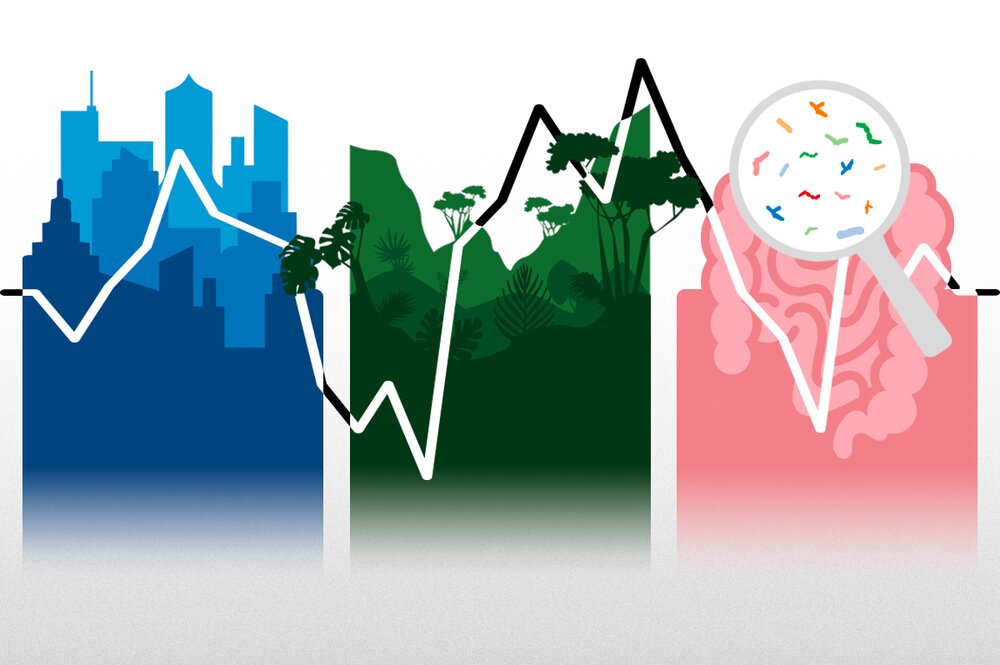CHAMPAIGN, Ill. — Researchers report that a single, simplified model can predict population fluctuations in three unrelated realms: urban employment, human gut microbiomes and tropical forests. The model will help economists, ecologists, public health authorities and others predict and respond to...
